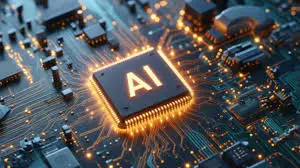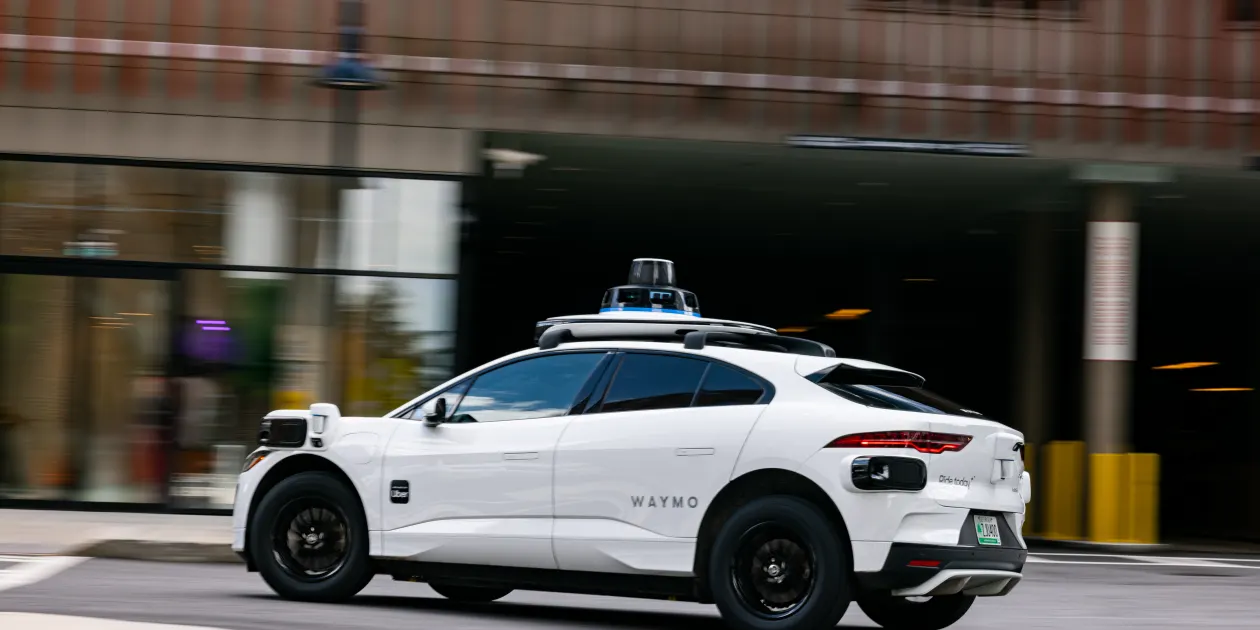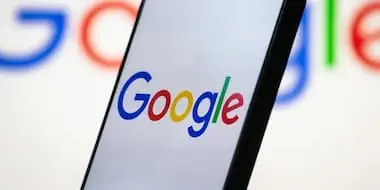Americans View AI Like They Once Did the Internet: Wary, Curious, and Divided
A new poll shows that Americans’ current feelings about artificial intelligence mirror their attitudes toward the internet in the 1990s—highlighting a familiar mix of fear, hope, and uncertainty about the future.
As artificial intelligence rapidly reshapes modern life, a new nationwide poll reveals that Americans are navigating this technological upheaval with a blend of curiosity, optimism, and skepticism—remarkably similar to how they viewed the rise of the internet three decades ago. The survey, conducted by Pew Research Center, draws historical parallels between today’s attitudes about AI and public sentiment toward the internet in the early 1990s. Back then, terms like “email,” “web browser,” and “cyberspace” were just entering the mainstream.
Now, in a striking echo, Americans are grappling with equally unfamiliar terms: “machine learning,” “large language models,” and “generative AI. ”According to the poll, while 42% of Americans say AI will improve daily life, 38% are unsure, and 20% believe it will do more harm than good. These figures mirror 1990s internet-era surveys that showed a nation both excited and anxious about a connected future.
### A Mixed Bag of EmotionsThe study’s findings suggest Americans are both hopeful and hesitant when it comes to artificial intelligence. While AI-powered services like virtual assistants, chatbots, automated translation, and facial recognition are now common, only 27% of respondents say they fully trust these technologies. A larger group — nearly 49% — expressed concern about data privacy, job displacement, misinformation, and biased decision-making in AI systems.
“People are intrigued by AI’s potential, but they’re unsure about who controls it and whether it will benefit them directly,” said Dr. Leila Hartmann, a technology sociologist at the University of Michigan. “It’s the same skepticism we saw when people first heard that you could shop online or store your documents in ‘the cloud.
’”Among younger Americans (ages 18–34), optimism about AI is significantly higher. Over 60% of Gen Z and millennial respondents said they believe AI will lead to new industries and innovation. In contrast, respondents over 55 were more likely to express concern, with nearly half worried about losing jobs to automation.
### Deja Vu: Comparing AI to the Internet BoomIn the 1990s, as the internet began transforming communication, commerce, and entertainment, many Americans expressed fears about privacy, fraud, and social disruption. Yet few could predict just how profoundly the internet would shape every facet of life—from banking and healthcare to dating and education. The new survey suggests Americans may be going through the same psychological process with AI.
“We’re seeing the same learning curve, the same split between early adopters and skeptics,” noted Hartmann. “And just like the internet, AI is evolving faster than policy or public understanding can keep up. ”Back in 1995, a Gallup poll showed that 37% of Americans had used the internet—but most described it as confusing, hard to access, or irrelevant to their lives.
Today, AI faces similar hurdles: 44% of survey respondents said they don’t fully understand how AI works or where it’s used, despite interacting with it regularly. ### Key Concerns: Trust, Ethics, and ControlWhen asked about the biggest risks of AI, Americans cited a range of issues:- Job Losses: 58% worry AI will replace human workers in industries like customer service, transportation, and even creative fields like journalism and design. - Bias and Discrimination: 46% fear that AI systems could reinforce or amplify social inequalities, particularly in areas like hiring, housing, and law enforcement.
- Misinformation: 39% are concerned about AI-generated deepfakes, fake news, and synthetic media that could mislead the public or destabilize elections. - Loss of Human Autonomy: 35% believe that overreliance on AI could lead to people becoming too dependent on machines, losing critical thinking skills in the process. These concerns echo early internet-era fears about identity theft, online scams, and digital surveillance—all of which proved valid and required years of legal and technological adjustments.
### AI Adoption in Everyday LifeDespite these anxieties, AI is already deeply embedded in daily routines. The poll found that 71% of Americans use AI-powered services weekly, often without realizing it. Popular uses include:- Smart home assistants like Alexa and Google Home - Personalized recommendations on Netflix, Spotify, and YouTube - Real-time language translation apps - GPS and predictive traffic routing - Email spam filters and fraud detection in banking“People aren’t always aware they’re using AI,” said Lacey Ramos, a researcher with Pew.
“It’s integrated so seamlessly that the average person sees it more as ‘technology’ than as AI specifically. ”Interestingly, the sectors where Americans feel most comfortable with AI are healthcare (in diagnostics and scheduling), finance (fraud detection and chatbots), and navigation. In contrast, they are most wary of AI in education (grading, personalized learning), creative industries (writing, art generation), and law enforcement (predictive policing, facial recognition).
### The Role of Government and RegulationThe survey also revealed overwhelming public support for regulating AI. More than 68% of respondents said the government should play an active role in overseeing AI development and use. Key regulatory priorities included:- Ensuring transparency in AI decision-making - Creating ethical guidelines for AI use in sensitive areas like healthcare and policing - Protecting workers displaced by automation - Preventing misuse of AI-generated media in politics and advertisingThis public demand for regulation echoes the early 2000s push for internet safety laws, data protection frameworks, and cybersecurity measures.
President Biden’s administration has already introduced a non-binding AI Bill of Rights, and Congress is reviewing multiple bipartisan bills focused on AI transparency, consumer protection, and safety. However, experts warn that regulation is still playing catch-up with technological advances. ### Cultural Shifts and Media RepresentationThe poll also explored how popular culture affects AI perceptions.
Respondents who regularly consume science fiction or tech-focused media were more likely to express extreme opinions—either seeing AI as a utopian solution or a dystopian threat. Films like “Her,” “Ex Machina,” and the recent hit “The Creator” were cited as shaping expectations, especially around questions of emotion, agency, and control in machines. Social media platforms like TikTok and Instagram also play a major role in how younger users engage with and form opinions about AI.
Viral deepfake filters, AI-generated images, and chatbots have created a sense of novelty and experimentation that older generations might not share. “Cultural familiarity often precedes technological trust,” Hartmann observed. “The more AI becomes part of entertainment and daily culture, the more normalized it becomes—just like email or texting once did.
”### A Nation at a Technological CrossroadsUltimately, the poll paints a picture of a society standing at a crossroads. Much like in the early internet age, Americans are cautiously optimistic but deeply divided about how transformative technologies will shape their futures. There is a clear generational divide: younger people tend to embrace AI as a force for creativity, efficiency, and opportunity, while older individuals are more likely to fear economic displacement, social disruption, or ethical erosion.
However, both groups share a desire for clarity, transparency, and fairness in how AI is developed and used. “As we saw with the internet, public opinion will evolve,” Ramos said. “What feels alien today may be essential tomorrow.
The key is ensuring that people are informed and included in how these technologies grow. ”### ConclusionAmericans’ views on artificial intelligence today mirror their mixed feelings about the internet three decades ago — a blend of fascination, fear, and forward-looking hope. As AI becomes more ubiquitous and influential, public understanding and regulation must evolve just as they did during the internet’s rise.
Whether AI follows the same path of broad adoption and cultural integration—or sparks deeper division—will depend not only on innovation, but on the human choices made along the way.
6th July 2025



